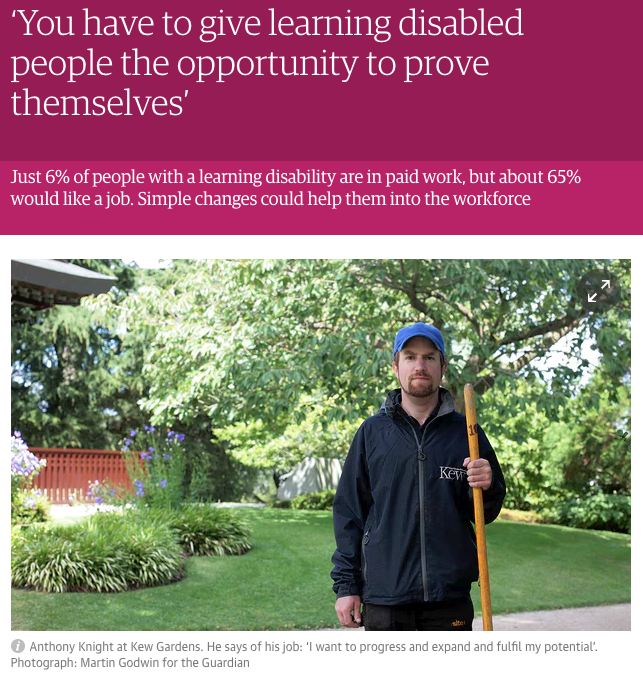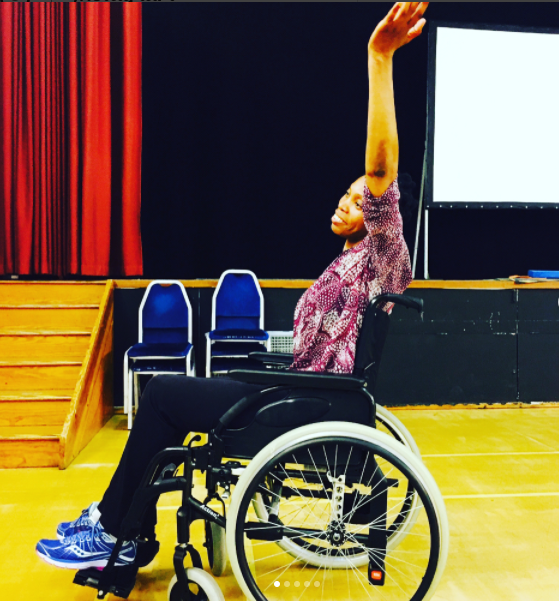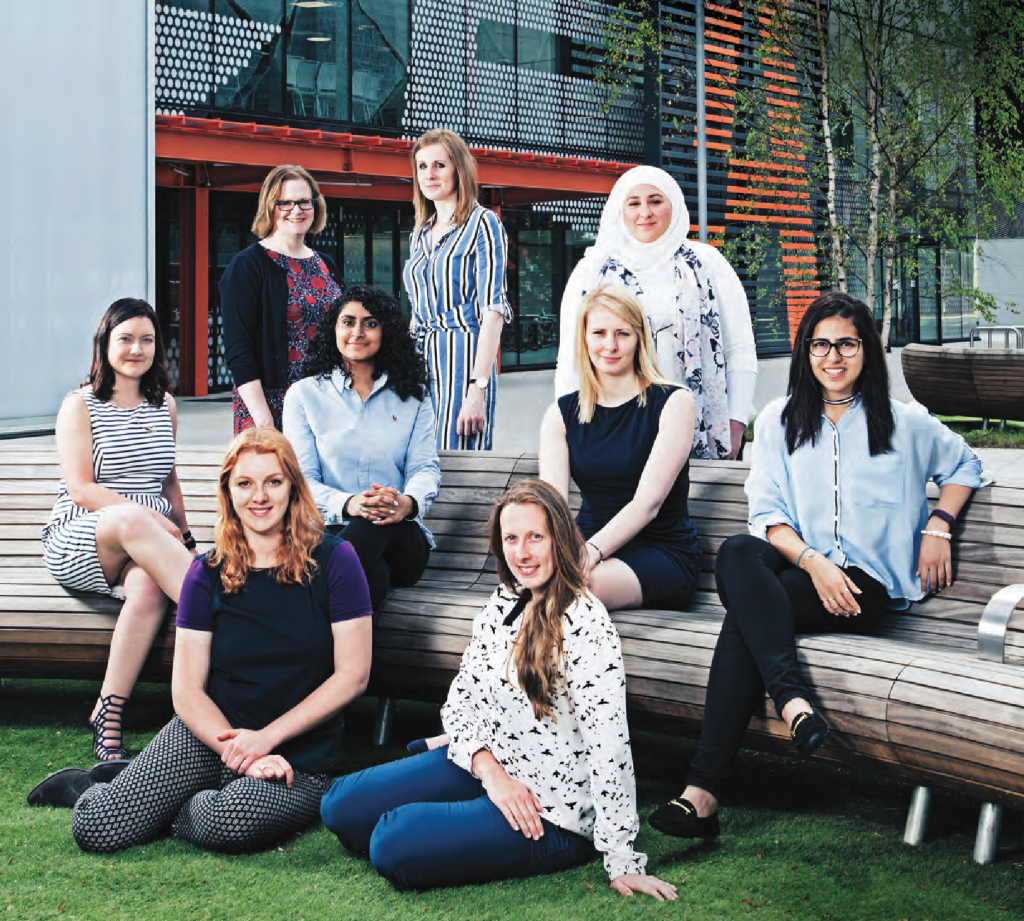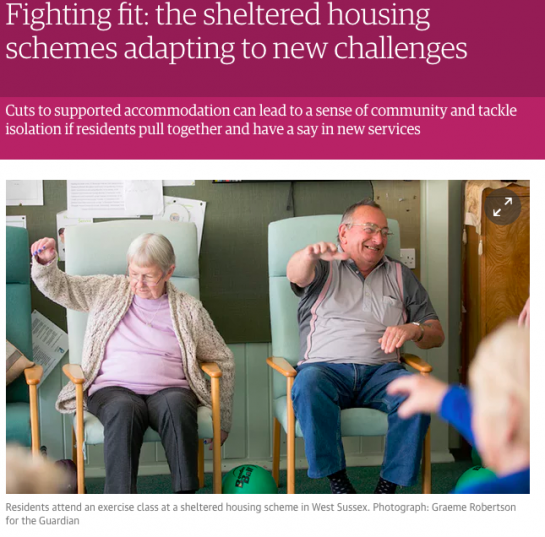Guest post by Tracy Fishwick, chief executive of Transform Lives
Leeds Community Homes is striving for a people-powered community housing revolution, placing the new organisation at the cutting edge of housing practice.
The not-for-profit group has raised £360,000 to invest in 16 permanently affordable homes through community shares (a type of share capital called ‘withdrawable shares’ issued by co-operatives or community benefit societies). With the first tenants due to move in by next April, the organisation’s #peoplepoweredhomes campaign is an innovative way to create housing developed by local people, to meet the housing needs of local people. The project wants to create 1,000 affordable homes over the next decade.
People-focused housing solutions are at the heart of the People’s Powerhouse event taking place next month. The housing group’s work in Leeds is the kind of positive story of local change that we hope will inspire delegates to recreate similar projects in their own communities. More good practice like this is vital at a time of chronic housing shortage, with housebuilding falling almost 100,000 homes per year short of achieving the government’s ambition.
You may have read about the People’s Powerhouse which was launched in February and originally billed in the press as “a rival ‘northern powerhouse’ conference to one that advertised 15 male speakers but no women and just 13 of all 98 listed speakers were women”.
Leeds Community Homes, Plus Dane Housing and my own company, Transform Lives, are just some of the organisations taking part. We hope the People’s Powerhouse will help create a dialogue about inclusive, good growth, and its potential to transform communities and lives across the North of England.
Other work worth replicating includes Give Get Go, which Transform Lives collaborates on with a group of housing organisations. The initiative supports social housing tenants into work – connecting unemployed people to employers through volunteering and mentoring, growing skills and confidence and creating jobs. Key to the project’s success is bringing civic institutions and leaders together for the first time to work collaboratively in Liverpool, including the University of Liverpool, Everton FC and the National Trust.
We also work with Plus Dane Housing on its Waves of Hope Big Lottery programme, which aims to tackle homelessness and other complex barriers to work. In just two years, the project has supported 236 people, 83% of whom say their rough sleeping has been reduced. And 67% report a reduction in substance misuse. Both Plus Dane Housing and our other partner, the University of Liverpool, will be showcasing this work at the People’s Powerhouse, underlining the difference we can make when we find good ways of working collaboratively and locally.
Our hope is that we will build a long-term movement for change that supports good and inclusive growth in the North with a particular focus on how people are the key to growth. The aim is to include all sectors and sections of the community, harnessing the combined skills and leverage of the public sector, voluntary, community, civic leaders and business.
As Lord Victor Adebowale, chairman of Social Enterprise UK and chief executive of social enterprise Turning Point, says: “’People’s Powerhouse’ perfectly reflects our vision for economic investment in the North of England.” Social enterprises often find innovative solutions to social issues and as Lord Victor, a People’s Powerhouse keynote speaker, adds: “We cannot allow anyone to be left behind. Investment in the North must be inclusive and must be used to support communities as well as businesses, adding value to the lives of real people.”
* The People’s Powerhouse event takes place on Wednesday 12 July from 10am-4pm at Doncaster Rovers Football Ground. For more information and to register see the website. Discounts are available including for young people and for small enterprises and charities.















